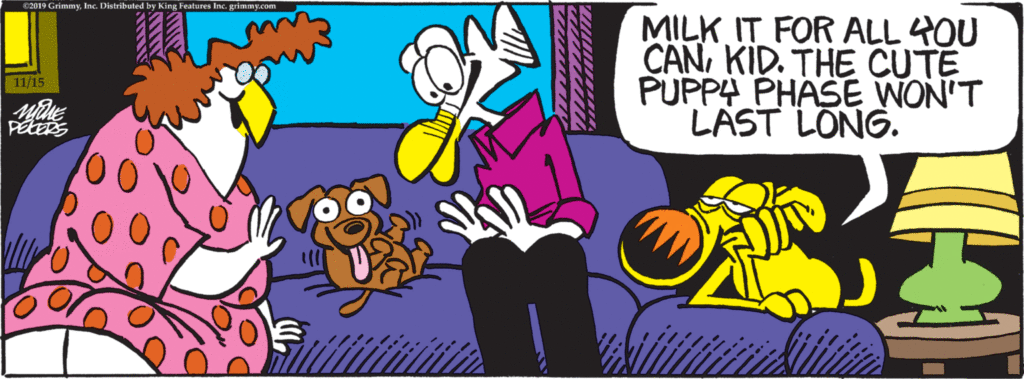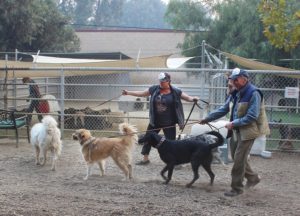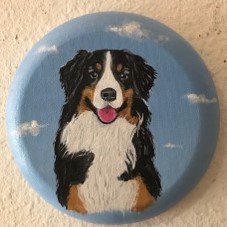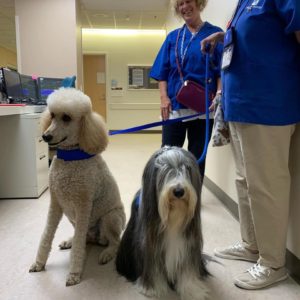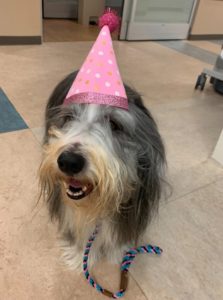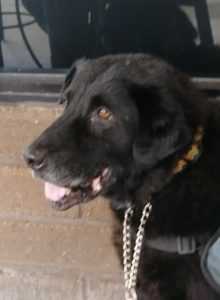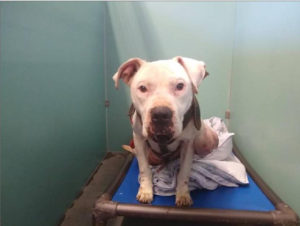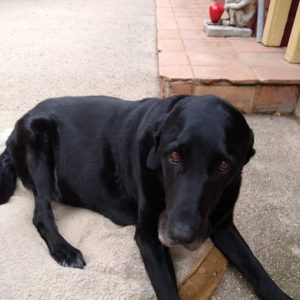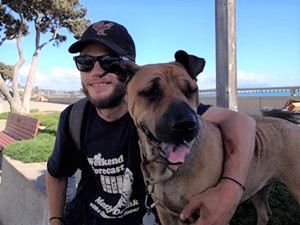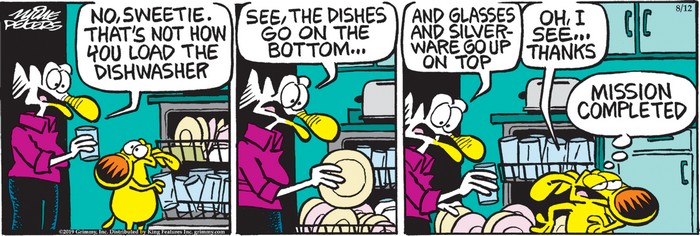 ∙SPAN Thrift Store is providing $10 spays and neuters for low income households with dogs and cats.
∙SPAN Thrift Store is providing $10 spays and neuters for low income households with dogs and cats.
Two upcoming clinics in December are:
Shiells Park, in the parking lot, located at 649 C St., Fillmore, 93015, on Wednesday, December 11th and a second one on Wednesday, December 18th at SPAN Thrift Store parking lot 110 N. Olive St. (behind Vons on Main).
Please call to schedule an appointment (805) 584-3823.
∙Here’s a better way to convert dog years to human years, scientists say
By Virginia Morell
Our Scotch collie, Buckaroo, is just shy of 14 years old. Following the long-debunked but still popular idea that one dog year equals seven human years, he’s almost a centenarian. (This “formula” may be based on average life spans of 10 and 70 years for dogs and people, respectively.) Now, researchers say they have a new formula to convert dog years to human years—one with some actual science behind it.
The work is based on a relatively new concept in aging research: that chemical modifications to a person’s DNA over a lifetime create what is known as an epigenetic clock. Scientists have built a case that one such modification, the addition of methyl groups to specific DNA sequences, tracks human biological age—that is, the toll that disease, poor lifestyle, and genetics take on our bodies. As a result, some groups have converted a person’s DNA methylation status to an age estimate—or even a prediction of life expectancy.
Other species also undergo DNA methylation as they age. Mice, chimpanzees, wolves, and dogs, for example, all seem to have epigenetic clocks. To find out how those clocks differ from the human version, geneticist Trey Ideker of the University of California, San Diego, and colleagues started with dogs. Even though man’s best friends diverged from humans early in mammalian evolution, they’re a good group for comparison because they live in the same environments and many receive similar healthcare and hospital treatments.
All dogs—no matter the breed—follow a similar developmental trajectory, reaching puberty around 10 months and dying before age 20. But to increase their chances of finding genetic factors associated with aging, Ideker’s team focused on a single breed: Labrador retrievers.
They scanned DNA methylation patterns in the genomes of 104 dogs, ranging from 4 weeks to 16 years of age. Their analysis revealed that Labrador retrievers and humans do have similar age-related methylation of certain genomic regions with high mutation rates; those similarities were most apparent when the scientists looked at young dogs and young humans or old dogs and old humans. Most importantly, they found that certain groups of genes involved in development are similarly methylated during aging in both species.
“We already knew that dogs get the same diseases and functional declines of aging that humans do, and this work provides evidence that similar molecular changes are also occurring during aging,” says Matt Kaeberlein, a biogerontologist at the University of Washington in Seattle, who was not involved with this research. “It’s a beautiful demonstration of the conserved features of the epigenetic age clocks shared by dogs and humans.”
Based on the methylation data, dogs’ and humans’ life stages seem to match up. For example, a 7-week-old puppy would be equivalent roughly to a 9-month-old human baby, both of whom are just starting to sprout teeth. The formula also nicely matches up the average life span of Labrador retrievers (12 years) with the worldwide lifetime expectancy of humans (70 years). Overall, the canine epigentic clock ticks much faster initially than the human one—that 2-year-old Lab may still act like a puppy but it is middle-aged, the methylation-based formula suggests—and then slows down.
“They’ve shown that there’s a gradual increase in DNA methylation in both species with age,” says Steve Austad, an evolutionary biologist and aging expert at the University of Alabama in Birmingham. He doesn’t find that especially surprising, but he thinks the technique could reveal far more interesting results if applied to issues like the different life spans among different dog breeds.
That’s one goal of Kaeberlein, whose group’s new Dog Aging Project (open to all breeds) will include epigenetic profiles of its canine subjects. He hopes to find out why some dogs develop disease at younger ages or die earlier than normal, whereas others live long, disease-free lives.
So, how does our Buckaroo fare? Happily, the epigenetic clock calculation goes in his favor. He’s now only 73 in human years—and a spry 73 at that.
∙ “Dogs and cats should have their teeth brushed once a day. All owners really need is an ADA-approved toothbrush and some water,” says Dr. Kling, “but the brushing needs to be consistent for it to be useful.”
Dr. Kling says most dogs and cats won’t show signs of discomfort or pain in the mouth, but that doesn’t mean that there isn’t something wrong.
“Pets aren’t complainers. They can have an advanced dental disease but continue to eat and play,” says Dr. Kling. Regular dental visits are critical for detecting as well as preventing problems in your pet’s mouth.
There are many signs that it’s time for your pet to come in for a checkup. These can include bad breath and red gums. The sign that can be one of the easiest to pick out for owners would be the notorious doggy breath. Smelly breath can be something that is very noticeable and a tell-tale sign that it’s time for your pet to get her teeth cleaned.
All of these signs can be symptoms of one of the most common problems that Dr. Kling sees at the hospital. “We see periodontal disease frequently overall and especially in small breed dogs like chihuahuas and dogs with crowded teeth like pugs,” she said.
Dr. Kling explained that even though periodontal disease is more common in small breed, there are many serious problems to look out for bigger dogs, as well. “Larger breed dogs are more prone to problems related to wear and crown fractures.”
Dental procedures are performed under a light stage of anesthesia with the airway protected. Although that worries some owners, she notes that the anesthesia for dental care is lighter than what is needed for invasive surgery. Anesthesia is necessary for patient safety so that the airway is protected from water used to ultrasonically scale the teeth.
We do not take anesthetic procedures lightly but anesthesia is necessary so that the procedures can be done with minimal stress to our patients. Anesthesia allows for a full tooth by tooth exam and dental radiographs,” said Dr. Kling. Light anesthesia is required for these procedures.
